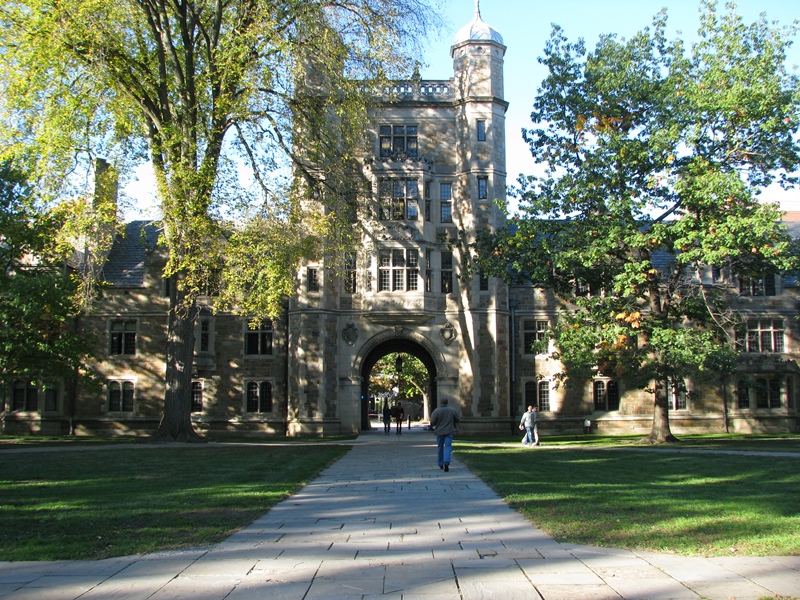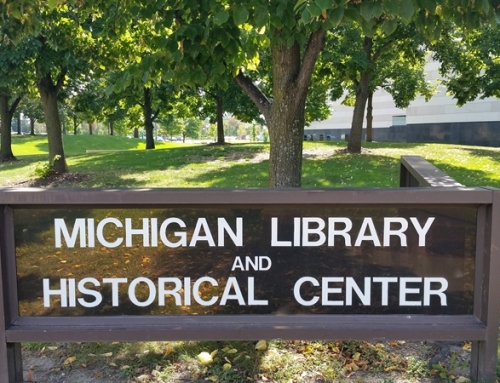“Silicon Valley” is not just a comedy on HBO, it’s a term that has become synonymous with technology, research, and innovation. It’s derived from the San Francisco Bay area in northern California, where a Stanford University professor encouraged his students to start their own electronics companies in the area instead of joining established firms in the east. The first two students to follow his advice were William R. Hewlett and David Packard. They were joined by other entrepreneurs, and soon, with continuing support from the university and a steady flow investment capitol, the area become the nation’s best known research cluster. States like North Carolina and Michigan sought to create similar research-intensive environments, and the results have been astounding.
Michigan’s University Research Corridor (URC) contributed $18.7 billion to the state economy in 2017, according to an Anderson Economic Group report released today. Up from $16.5 billion in 2015, the impact also marks an increase of 46 percent since 2007, the year the URC was formed and began benchmarking its impact on the state of Michigan. According to the report, the URC also generated 78,845 jobs in 2017.
The URC is an alliance of Michigan State University, the University of Michigan and Wayne State University. It is now widely recognized as one of the nation’s top research clusters, and has become the primary engine for innovation in Michigan and the Great Lakes region as a whole.
The report also includes a breakdown of the URC’s economic impact in 10 regions statewide, including the effect of the additional money URC alumni living in Michigan earn because of their university degrees. As of spring 2018, the URC universities had more than 1.2 million graduates worldwide. The 669,274 living in Michigan account for 10.2 percent of the state’s population over the age of 24.
“The economic impact of Michigan’s leading research universities has increased by more than 40 percent in just over a decade,” said URC Executive Director Britany Affolter-Caine. “The URC’s steady uptick in economic impact is more than a simple dollar figure—it’s indicative of an intentional investment in educating students, undertaking research and improving quality of life for residents across the state.”
When it comes to federal funding, the URC attracted $0.94 of every U.S. government dollar that was spent on academic research in Michigan. The investment seems to pay off since the work of these three university members of the URC accounts for 92 percent of all research and development (R&D) conducted at higher education institutions in the state. URC research leads to advances in medicine, mobility, business and society as a whole. The member institutions are currently working on projects to tackle complex issues in the state associated with infrastructure, water preservation, cybersecurity, and alternative energy sources, to name a few.
More than 20 times the state’s $890 million in funding for the URC universities, the collective impact of $18.7 billion reaches every county in the state of Michigan. The URC was also responsible for $2.3 billion in R&D spending, an increase of 54 percent since 2007. At the same time, new state tax revenues that were attributable to the URC amounted to $579 million.
“The total economic impact of the URC, which is the result of the influx of research dollars spent, new tax revenue in state coffers, and the creation of thousands of jobs that the URC’s work has generated, is significant, but difficult to fathom because the dollar amount is so huge,” said Wayne State University President M. Roy Wilson. “To put it in perspective, if you broke down the $18.7 billion impact, it would be equivalent $4,834 per Michigan household.”
Michigan’s URC may very well be on its way to becoming the next “Silicon Valley.” In the meantime, it’s certainly an effort that can make every Spartan, Wolverine, Warrior, and Michigander proud.







Leave A Comment
You must be logged in to post a comment.